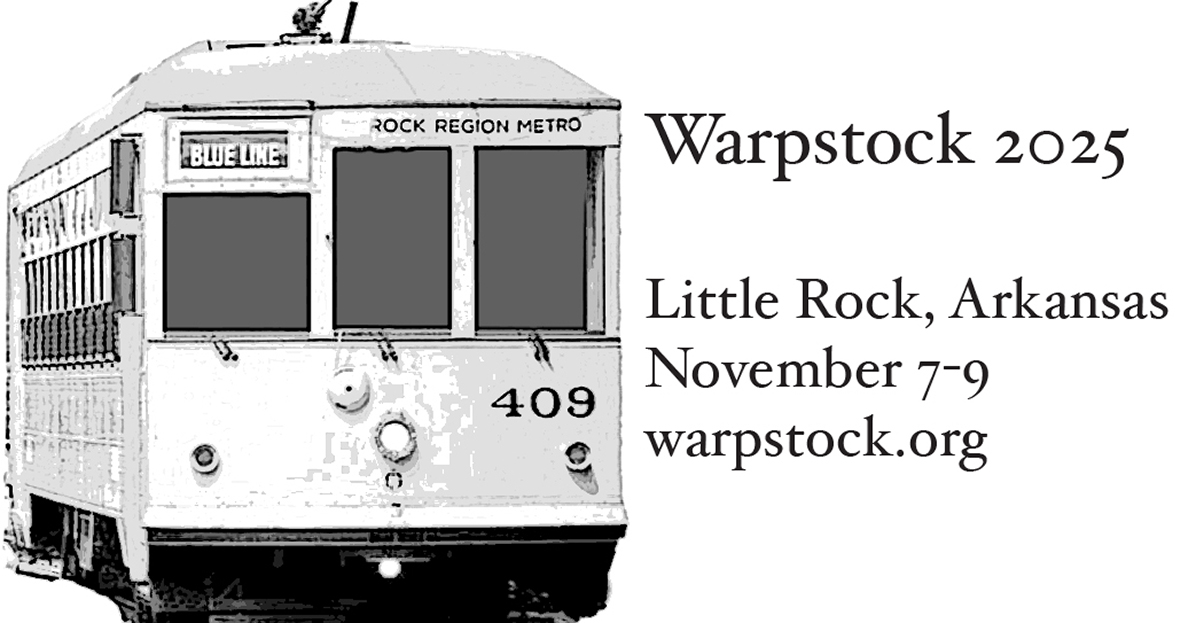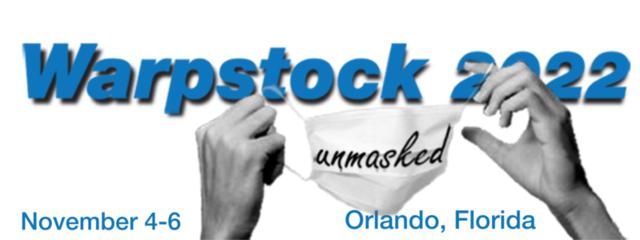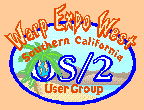|
SCOUG-Programming Mailing List ArchivesReturn to [ 21 | May | 2006 ]<< Previous Message << >> Next Message >>
Content Type: text/plain
Steven Levine wrote:
> In <20060521025716.D45C18287B@smtp3.pacifier.net>, on 05/20/06
Well, maybe is a good time to explain Logical font tables. Think of it as a list of
On your WM_CREATE message you need to have your own Presentation Space to play around
HDC hdc;
hdc = WinQueryWindowDC(hwnd);
sizlPSPage.cx = 0L;
This will create your very own Presentation space to play with. The hwnd in this
First to use the system fonts you need to query the system font table to make sure that
ulCount = GpiQueryFonts (hPS,QF_PUBLIC | QF_PRIVATE,0,
ulCount is an unsigned long.
This lists the number of fonts that are loaded in OS/2. Use the hPS returned from your
Now you need to allocate memory because you can't directly fool around with the system
if (ulCount)
pFontMetrics is a pointer to a FONTMETRICS or a PFONTMETRICS. The QueryFonts call
Next is to search through the font list table just copied for the font that you would
for (i = 0; i < (int)ulCount; i++)
This may look like a lot but all it is doing is querying the long face name if it
So now if you have found the font that you want to use, save it to your own font metrics
if (strcmp("WarpSans Bold",pFace) == 0) -- or any other font you would like to
If you allocated more memory for the truncated name, de allocate it.
if (ulSize)
End the for loop...
}
free the allocated memory that held your system font table.
DosFreeMem((PVOID)pFontMetrics);
Now to use the font that you have just found in the font system list create a logical
FATTRS fat;
strcpy(fat.szFacename ,"WarpSans Bold");
if you have pointers to multiple System fonts, you can copy it again to the
GpiCreateLogFont(hPS, NULL, 2, &fat);
To use your font selected, in the WM_PAINT message, the only place that you should be
GpiSetCharSet(hps, 1);
or which ever font,
GpiSetCharSet(hps, 4); -- if you like the 4th font in the table --
Next set the point size of the font that you are using. You can set the height and width
SIZEF sf;
sf.cy = MAKEFIXED(14, 0);
This will make your font 14 points tall and 12 points wide.
Lastly draw text to your client window at will and be fascinated how easy it is to use
rClient.xLeft = 0;
GpiSetCharSet(hps, 1);
rClient.yBottom = 30;
It is that simple. Have fun and Good Luck!
Nathan
=====================================================
To unsubscribe from this list, send an email message
For problems, contact the list owner at
=====================================================
Copyright 2001 the Southern California OS/2 User Group. ALL RIGHTS
RESERVED.
SCOUG, Warp Expo West, and Warpfest are trademarks of the Southern California OS/2 User Group.
OS/2, Workplace Shell, and IBM are registered trademarks of International
Business Machines Corporation.
All other trademarks remain the property of their respective owners.
|








